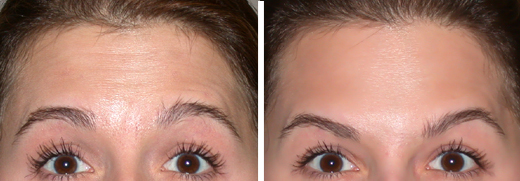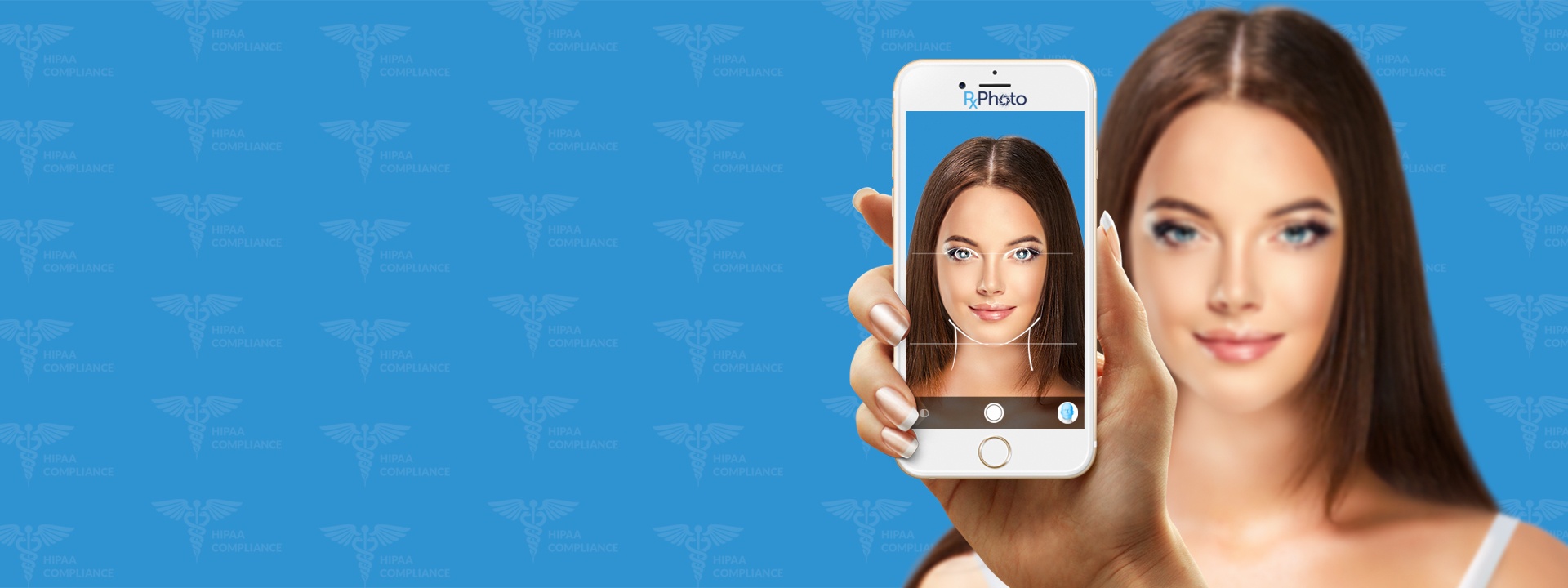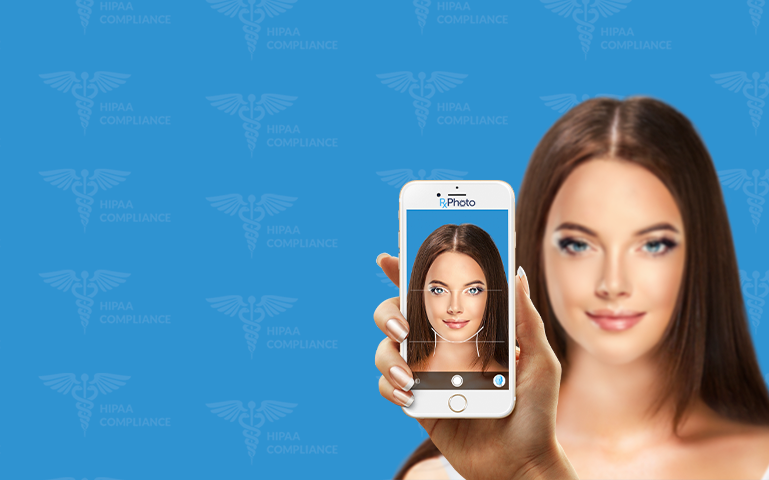Clinical Photography in Dermatology, Aesthetics and Plastic Surgery
Whoever said that a picture is worth a thousand words must have been a dermatologist. Patients truly look at and even study those photos on your website of before and after the procedure. They use these photos to evaluate your skills as a dermatologist or a plastic surgeon. If you want to truly be successful in this business, then your photos must be top-notch. You can scrimp and cut corners in some areas, but the clinical photographs should be of highest quality.
Staying Competitive
It’s no small task to stay competitive these days in the world of medicine. Regardless of what kind of practice you have, there may be hundreds or even thousands of similar practices in your city. The before and after pictures provide the necessary data for potential patients to “visualize” their procedure and expected results.
Once a patient has decide to take the plunge and get the work done that they’ve been considering, then these clinical photos will also serve as a reminder or where they were prior to the procedure and what kind of changes were made. Though most practices do use them for surgical procedures, often they are not utilized for non-surgical procedures. The reasons are varied:
• It’s too expensive.
• Patients don’t really need them anyway.
• It’s time consuming.
The truth is that a practice that does take before and after photos of any procedure is often viewed by patients as more exclusive or high-end. And who doesn’t want to go to the best dermatologist or plastic surgeon in town?
Choosing Your Equipment
Most doctors like to boast about having the most advanced machines and medical devices but what about your photo equipment? There are a few options when considering how to best capture and catalog your photos. A traditional digital camera is sufficient for taking medical photos, but the process of managing the clinical photos after they have been captured is often cumbersome. Users must manually upload the photos to a computer, label them, and then integrate them directly into the EMR.
Companies like Canfield and Fotofinder provide more streamlined photo capture and management. Many physicians find that these solutions are very bulky and expensive and more than what they actually need.
AppwoRx is a newer clinical photography solution that utilizes mobile and cloud technology to streamline the process of capturing and cataloging photos. Because AppwoRx is a software platform and no equipment purchase is necessary, the cost is typically more palatable.
Training
Clinical photography training is essential for any practice who intends to use medical photos for marketing, collaboration or insurance reimbursement. There are procedures for clinical photography that must be adhered to when capturing medical photos. Lighting, positioning, shadow and background can all have dramatic effects on the quality of a patient photo. To learn more about how to improve the quality of your medical photography, you can review this free whitepaper: http://www.myappworx.com/whitepaper

Excellent before and after pictures can take your practice to a whole new level and draw in a more affluent crowd. Make an investment in better equipment and better trained employees to maximize the potential of photographs.



